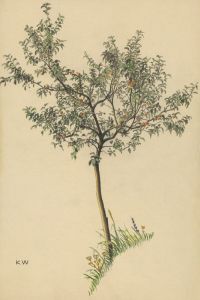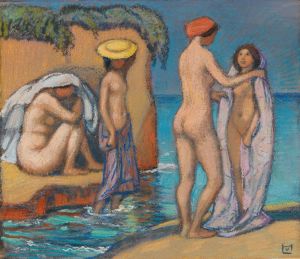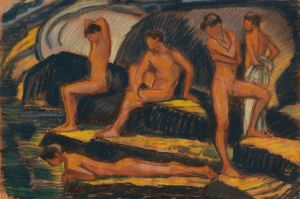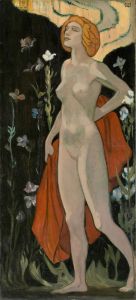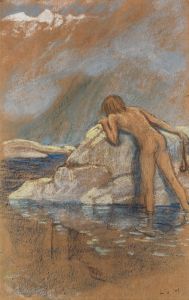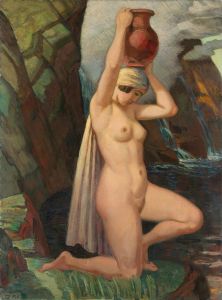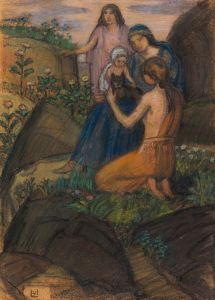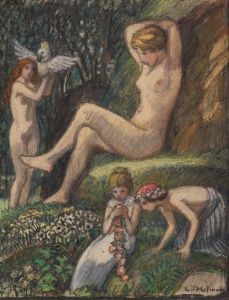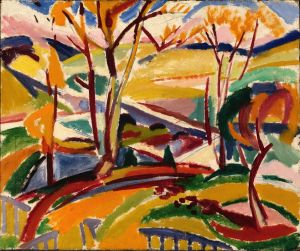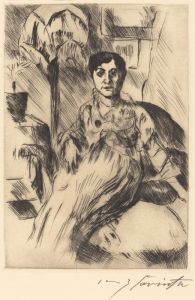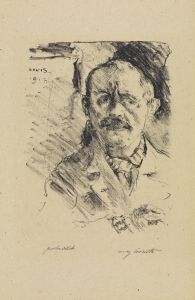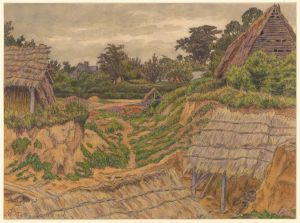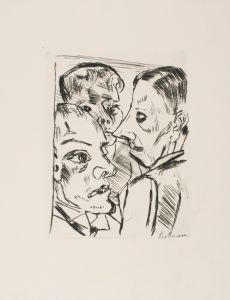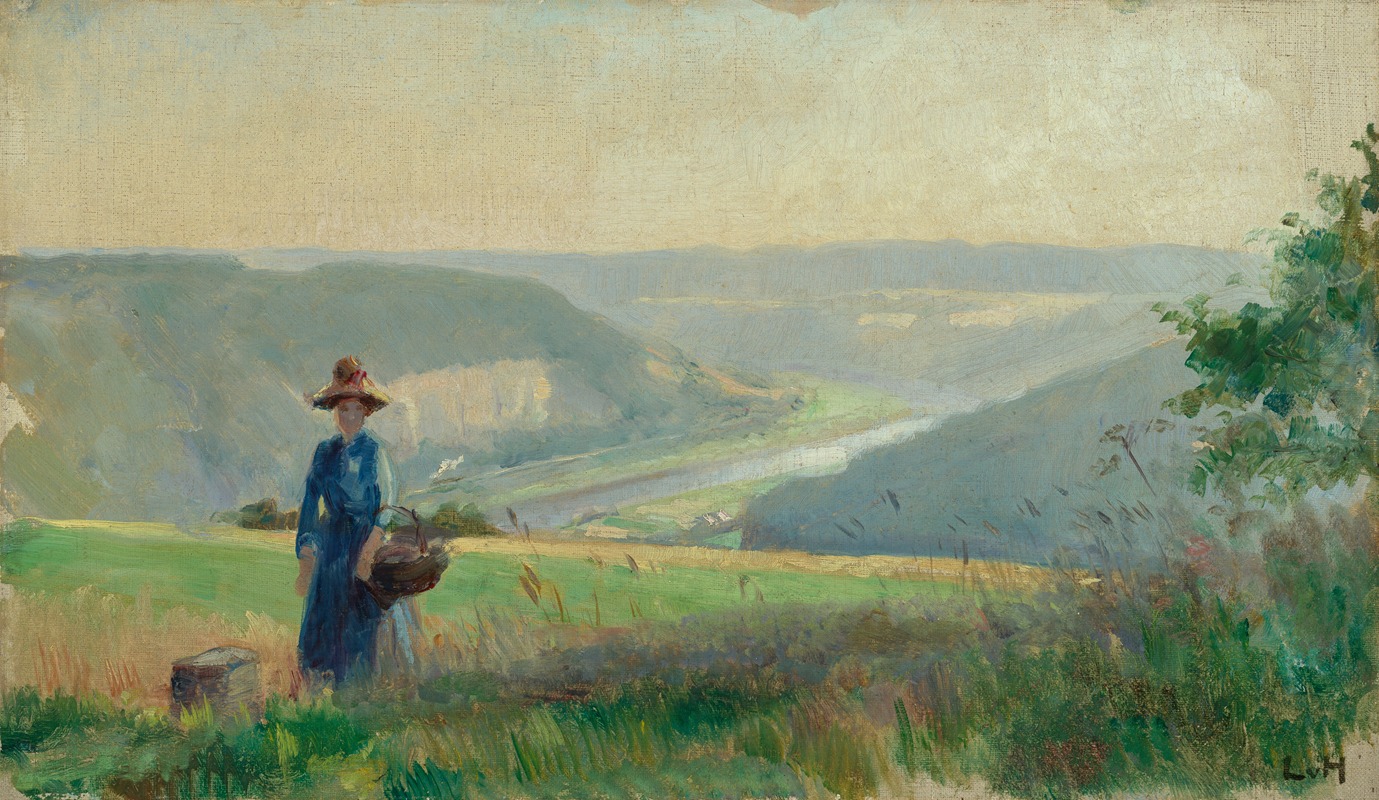
Blick in das Elbtal bei Königstein
A hand-painted replica of Ludwig von Hofmann’s masterpiece Blick in das Elbtal bei Königstein, meticulously crafted by professional artists to capture the true essence of the original. Each piece is created with museum-quality canvas and rare mineral pigments, carefully painted by experienced artists with delicate brushstrokes and rich, layered colors to perfectly recreate the texture of the original artwork. Unlike machine-printed reproductions, this hand-painted version brings the painting to life, infused with the artist’s emotions and skill in every stroke. Whether for personal collection or home decoration, it instantly elevates the artistic atmosphere of any space.
Ludwig von Hofmann was a prominent German painter and graphic artist associated with the Jugendstil and Symbolist movements. His work is characterized by its vibrant use of color and often idyllic, dreamlike scenes. One of his notable works is "Blick in das Elbtal bei Königstein," which translates to "View into the Elbe Valley near Königstein."
"Blick in das Elbtal bei Königstein" captures a picturesque view of the Elbe Valley, a region known for its stunning natural beauty and dramatic landscapes. The Elbe Valley, particularly near Königstein, is renowned for its sandstone formations and lush greenery, which have inspired many artists over the years. Hofmann's painting reflects his fascination with nature and his ability to convey its serene and majestic qualities.
In this work, Hofmann employs a vivid color palette to bring the landscape to life. The painting likely features the rolling hills and the meandering Elbe River, which are characteristic of the region. Hofmann's style often includes a harmonious blend of realism and idealism, capturing not just the physical attributes of the landscape but also its emotional and atmospheric essence.
Ludwig von Hofmann was born in 1861 in Darmstadt, Germany, and studied at the Dresden Academy of Fine Arts and later at the Académie Julian in Paris. His exposure to various artistic movements in Europe influenced his style, which combines elements of Art Nouveau, Symbolism, and Impressionism. Hofmann's work often explores themes of nature, mythology, and the human experience, and he was known for his ability to create compositions that evoke a sense of tranquility and introspection.
Throughout his career, Hofmann held several teaching positions, including a professorship at the Weimar Saxon-Grand Ducal Art School and later at the Academy of Fine Arts in Dresden. His influence extended to a new generation of artists, and he played a significant role in the development of modern art in Germany.
"Blick in das Elbtal bei Königstein" is a testament to Hofmann's skill in landscape painting and his deep appreciation for the natural world. While specific details about the painting's creation and current location may not be widely documented, it remains an important part of Hofmann's oeuvre and exemplifies his contribution to the art movements of his time.
Hofmann's work, including this painting, continues to be celebrated for its aesthetic beauty and its ability to transport viewers to serene and otherworldly realms. His legacy as an artist is marked by his unique vision and his ability to capture the essence of the landscapes he depicted, making him a significant figure in the history of German art.






